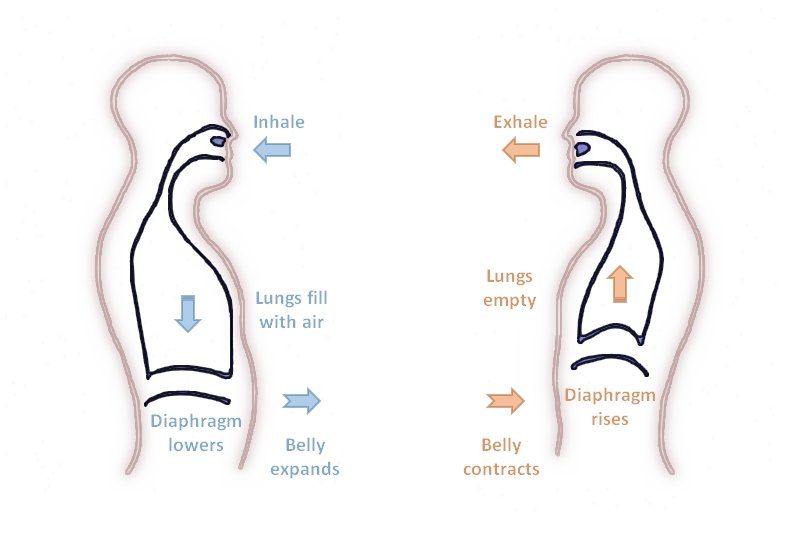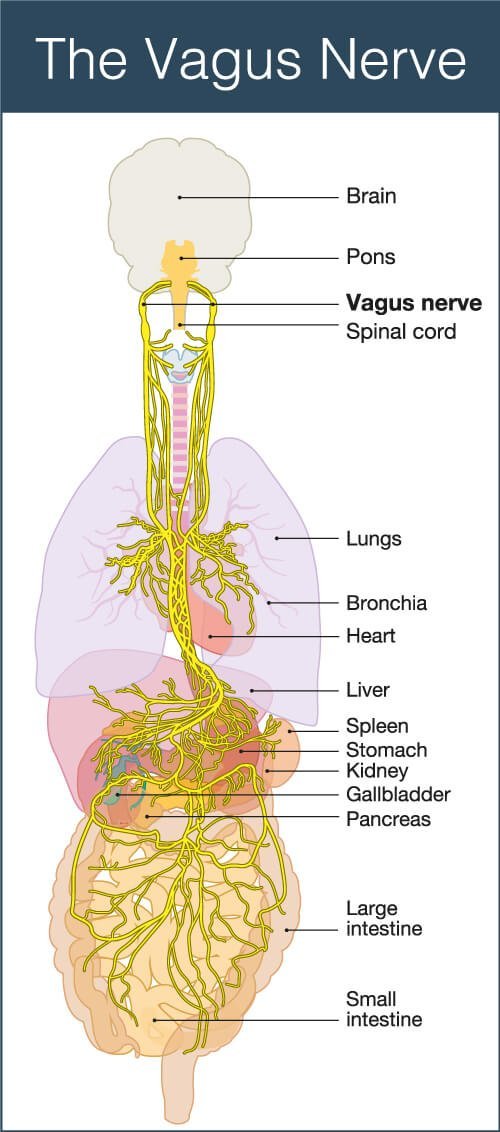Pancha Maya Kosha Model
May 2023
Yoga Therapy uses the Pancha Maya Kosha Model, which translates to 5 interconnected sheaths or layers moving from the external to the internal.
First layer: Annamaya Kosha - This is our physical layer, it includes the anatomy and physiology of the body, earth, water, fire, air, and space. In Sanskrit, “anna” means food, “this layer is affected by everything that we ingest.
Second layer: Pranamaya Kosha - This is our energy/breath layer, this includes our energy centers (chakras), energy currents (prana vayus), and energy channels (nadis).
Prana = our life force energy.
Third layer: Manomaya Kosha - This is our cognitive, mental, and psycho-emotional layer.
Fourth layer: Vijnanamaya Kosha - This consists of our values and belief systems. We can bring awareness to our values or belief systems and release those that limit us.
Fifth layer: Anandamaya Kosha- This is our bliss layer that includes joy, equanimity, contentment, wholeness, and inner peace.
June 2023
I would like to bring attention to the mechanics of breathing, the vagus nerve, and the enteric nervous system that regulates our gut which is also known as our “second brain.”
Let’s begin with taking 4 full deep breaths together.
Inhale through the nose: expand your belly, ribs, and chest (pause for a moment). Then, exhale through the nose (or the mouth), releasing the breath from the chest, ribs, and allow the belly to draw in. Pause for another moment and repeat this for 3 more rounds.
Mechanics of Breathing:
When we inhale, our diaphragm descends to make more space for our air and our belly expands. When we exhale, our diaphragm ascends back to its original position and our belly contracts.
By taking slow and deep 360 degree diaphragmatic breaths, we stimulate our vagus nerve which activates the parasympathetic nervous system (rest and digest). Breathing deeply and mindfully, is helpful when we are stressed or anxious. When we are stimulated, we are in our sympathetic nervous system (fight or flight). When we take slow and deep 360 degree diaphragmatic breaths we can self regulate our nervous system and bring ourselves into a calmer state!
Vagus Nerve:
Vagus means wandering in Latin and it is one of twelve cranial nerves. It wanders or runs from the brain stem through the face and neck into the thorax and abdomen. The vagus nerve innervates the right side of our transverse colon located in our gut. It relays information from our gut and transmits it to the brain.
Enteric Nervous System:
The enteric nervous system that regulates our gut is often called the body’s “second brain.” Fun fact: 95% of your serotonin is produced in your intestine! Serotonin influences happiness, learning, memory and regulates temperature, sleep, and hunger. Foods to eat for gut health include probiotics and prebiotics. Probiotics are found in fermented foods such as yogurt, sauerkraut, kimchi, kefir, miso, tempeh, and kombucha. Prebiotics are found in onions, raspberries, leeks, legumes, garlic, asparagus, bananas, watermelon, etc.
By becoming aware of the mechanics of breathing, the vagus nerve, and our “second brain” we can learn how to act more mindfully throughout our lives.
By treating ourselves and others with kindness we can…
“Be the change you wish to see in the world.” - Mahatma Gandhi
July 2023
I would love to share one of my favorite Yoga tools. It is called Nyasa in Sanskrit which loosely means “to place, to set in, or to touch”. It is also known as Five Finger Breathing and it is a somatic anchor which draws you back to your self by using touch to help keep you present. By touching the fingers together it allows you to focus on your sensations and breath which helps to calm and still the mind.
Here is a link demonstrating Nyasa/Five Finger Breathing:
https://www.youtube.com/shorts/SJS-Z_JV3uA
This tool can be used anywhere and any time! I practice seated, standing, or whenever I feel like I want to be more connected to my breath, body, and mind. It increases vagal tone which activates your parasympathetic nervous system. Use this tool anytime you want to feel grounded.
Yoga is a lifelong practice and every day looks and feels different. It is important to have compassion towards ourselves as we are ever changing.

